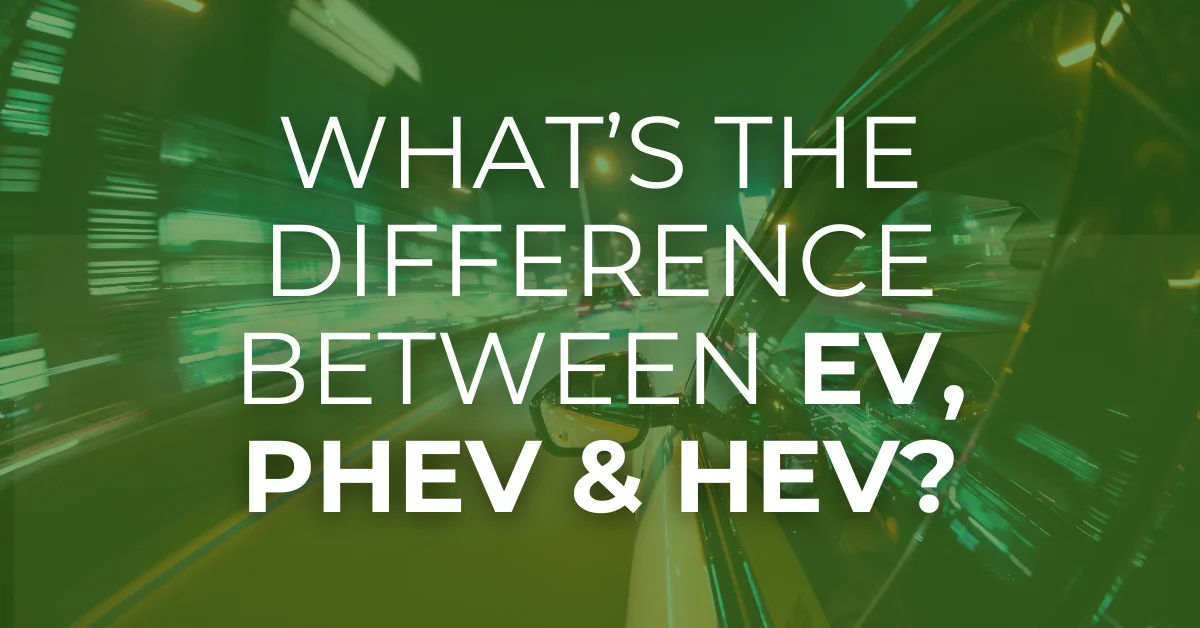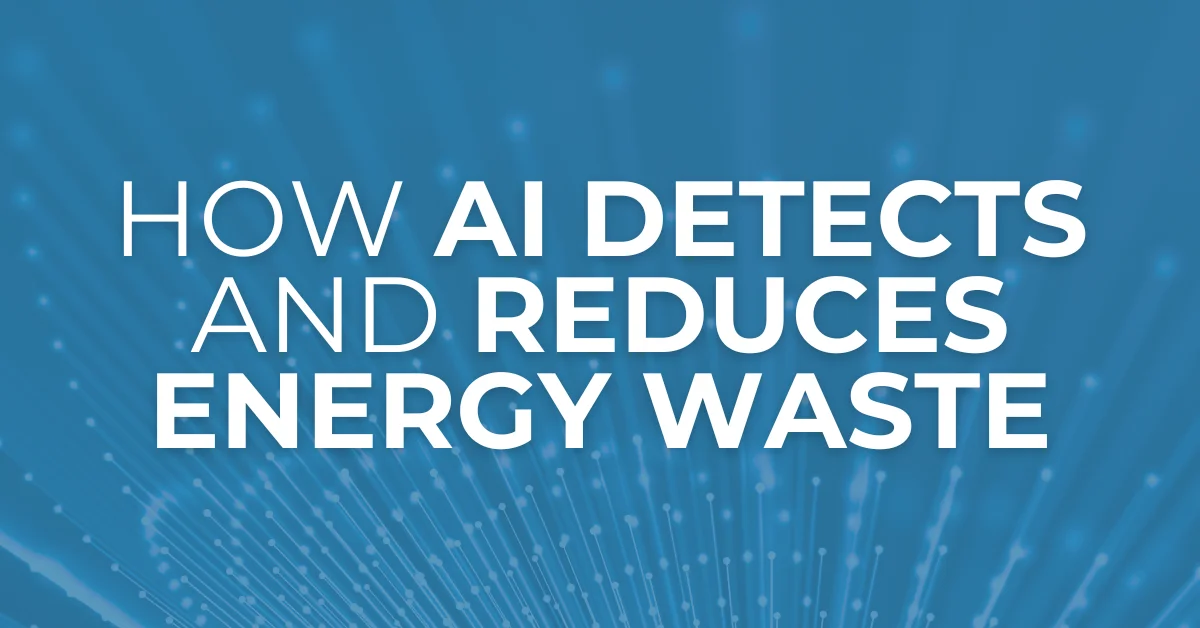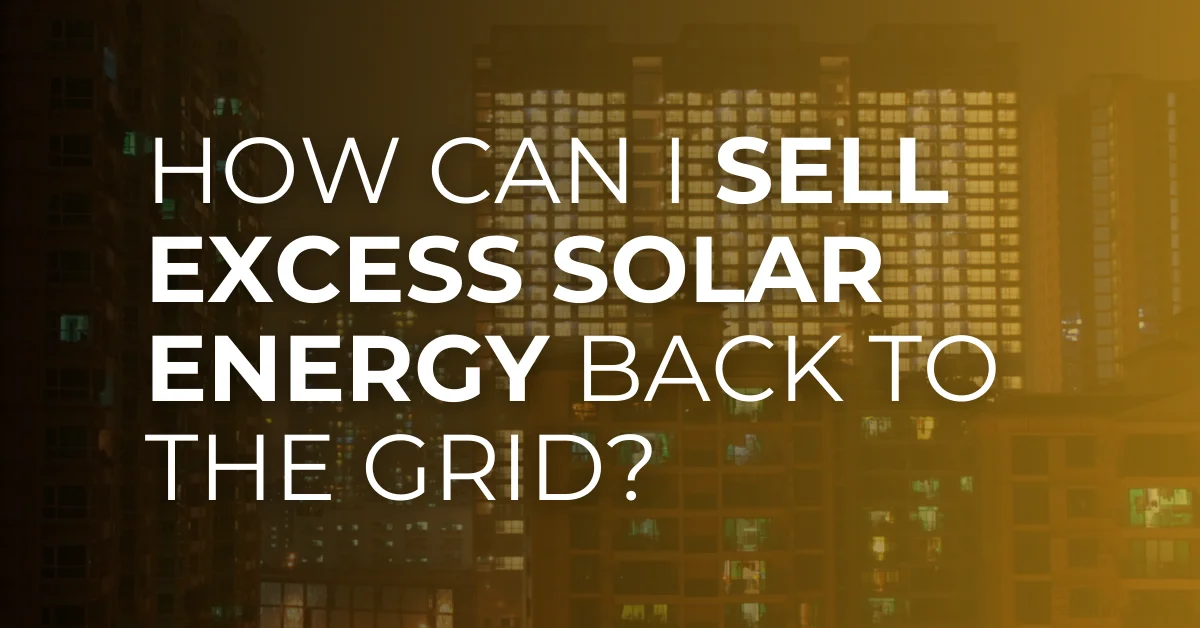The Basics of EV Charging
EV charging is the process of transferring electricity from a power source to your car’s battery, enabling it to store energy for future use. This process relies on a combination of hardware and software, including the charger, the vehicle’s onboard charging system, and the battery management system.
The speed and efficiency of charging depend on three key factors: the type of charger used, its power output, and the EV’s maximum charging capacity.
Chargers are grouped into three main levels—Level 1, Level 2, and DC Fast Charging—each designed to meet different charging needs.
Level 1 chargers use standard household outlets and are best for light, overnight charging.
Level 2 chargers require dedicated 240V outlets or circuits, offering faster and more versatile options for daily use.
DC Fast Chargers, the most powerful type, are designed for quick recharges during long trips or high-traffic areas.
Types of EV Chargers
EV chargers are classified into three levels, each designed to suit different charging needs and scenarios. Let’s explore these in detail:
Level 1 Chargers
Level 1 chargers use a standard 120V outlet, making them the most accessible and affordable option for EV owners. They are ideal for overnight home charging, providing around 2-5 miles of range per hour.
While their slow charging speed makes them unsuitable for frequent or long-distance drivers, they work well for plug-in hybrids or EVs with smaller batteries. Since they don’t require special installation, Level 1 chargers are a convenient starting point for new EV owners.
Specifications: 120V, adding about 2-5 miles of range per hour of charging.
Best For: Home use with standard outlets.
Pros: Low cost, no additional equipment needed.
Cons: Slow charging, not ideal for regular long-distance driving.
Level 2 Chargers
Level 2 chargers operate at 240V, significantly increasing charging speeds to provide 10-60 miles of range per hour. These chargers are commonly installed at homes, workplaces, and public charging stations, offering a balance of convenience and efficiency.
Although Level 2 chargers require professional installation and a dedicated circuit, they are ideal for daily use, allowing drivers to fully recharge their EVs overnight or during a workday.
Specifications: 240V, adding 10-60 miles of range per hour.
Best For: Home installations, workplaces, and public charging.
Pros: Faster charging, widely available.
Cons: Requires professional installation and a dedicated circuit.
DC Fast Chargers (Level 3)
DC fast chargers, also known as Level 3 chargers, deliver the fastest charging speeds available, providing 60-80 miles of range in just 20 minutes. These chargers are typically found at high-traffic public locations such as highway rest stops and shopping centers.
While they are perfect for long-distance travelers needing a quick recharge, they are expensive to install and not compatible with all EV models. Despite their cost, DC fast chargers play a critical role in expanding EV infrastructure and making electric travel more convenient.
Specifications: 400V-800V, adding 60-80 miles of range in about 20 minutes.
Best For: High-traffic areas and long road trips.
Pros: Rapid charging speeds, perfect for quick stops.
Cons: Expensive installation and not compatible with all EVs.
Specialized EV Chargers
In addition to the three standard levels of chargers, there are specialized charging options that cater to specific needs or vehicle types. These include proprietary systems, alternative standards, and emerging technologies designed to improve the charging experience.
Tesla Superchargers
Tesla Superchargers are a proprietary network designed exclusively for Tesla vehicles, offering fast and reliable charging with speeds comparable to DC Fast Chargers. These chargers are strategically located along highways and in urban areas, ensuring Tesla drivers have convenient access to quick recharges. Recently, Tesla has begun opening some Supercharger stations to non-Tesla vehicles equipped with the correct adapters.
CHAdeMO vs. CCS Standards
Two common standards for DC Fast Charging are CHAdeMO and CCS (Combined Charging System). CHAdeMO, widely used in Japanese EVs like Nissan Leaf, allows bi-directional charging, which can enable features like vehicle-to-grid (V2G) energy sharing. CCS, on the other hand, has become the dominant standard in North America and Europe, offering faster charging speeds and broader compatibility with newer EVs.
Wireless/Inductive Charging
Wireless charging, though still in its early stages, offers the convenience of charging without cables. This technology uses electromagnetic fields to transfer energy between a charging pad on the ground and a receiver in the EV. While it eliminates the hassle of plugging in, it’s currently less efficient than wired chargers and more expensive to install.
Choosing the Right EV Charger
Selecting the appropriate EV charger involves considering various factors such as the type of EV, its charging capabilities, and the intended usage environment. Here’s what determines the ideal charger in different scenarios:
1. Vehicle Compatibility
The type of charger required depends on the EV’s specifications. Some vehicles are designed for slower Level 1 and Level 2 charging, while others can handle the rapid energy transfer of DC Fast Chargers. Additionally, connector types like CCS, CHAdeMO, or Tesla’s proprietary plug dictate compatibility with specific chargers.
2. Use Case and Location
For residential settings, Level 1 and Level 2 chargers are the most practical choices, with Level 2 offering significantly faster charging times. In public and commercial environments, DC Fast Chargers are preferred to accommodate high traffic and rapid charging needs. Businesses often prioritize chargers that provide universal compatibility to cater to a broader range of users.
3. Infrastructure and Installation
The existing electrical infrastructure plays a critical role in determining the feasibility of installing certain chargers. Level 1 chargers typically require no additional upgrades, whereas Level 2 chargers may need a dedicated 240V circuit. DC Fast Chargers demand significant infrastructure investment and are often installed in locations with heavy EV usage.
4. Charging Speed Requirements
The charging speed needed depends on the purpose of the charger. For regular daily use, slower chargers are sufficient, while high-speed chargers are necessary for applications like highway charging stations or commercial hubs where minimizing downtime is crucial.
5. Future-Proofing Considerations
As EV technology evolves, investing in chargers with scalable power outputs or modular designs ensures compatibility with next-generation vehicles. Public charging networks often prioritize future-proof options to maintain relevance in a rapidly advancing industry.
Conclusion
As electric vehicles become more mainstream, understanding the types of EV chargers and their applications is crucial for building a robust charging infrastructure. From the simplicity of Level 1 chargers to the speed of DC Fast Chargers, each option serves a specific purpose in supporting the diverse needs of EV users. Whether for residential use, public spaces, or commercial hubs, the right charging solution ensures convenience, efficiency, and accessibility.
With advancements like wireless charging and universal compatibility on the horizon, the future of EV charging promises to be even more seamless and innovative. As the demand for EVs grows, so does the importance of creating an infrastructure that supports sustainable transportation for everyone.




